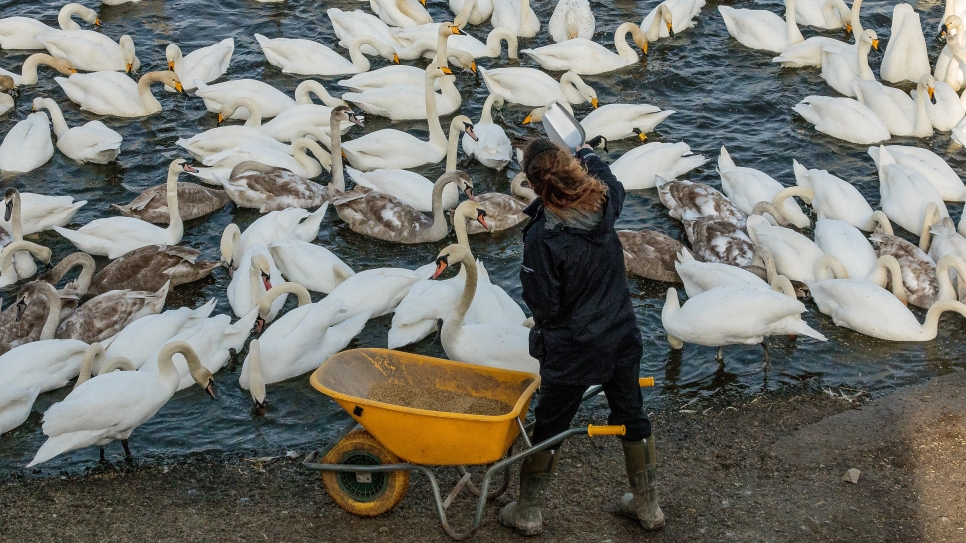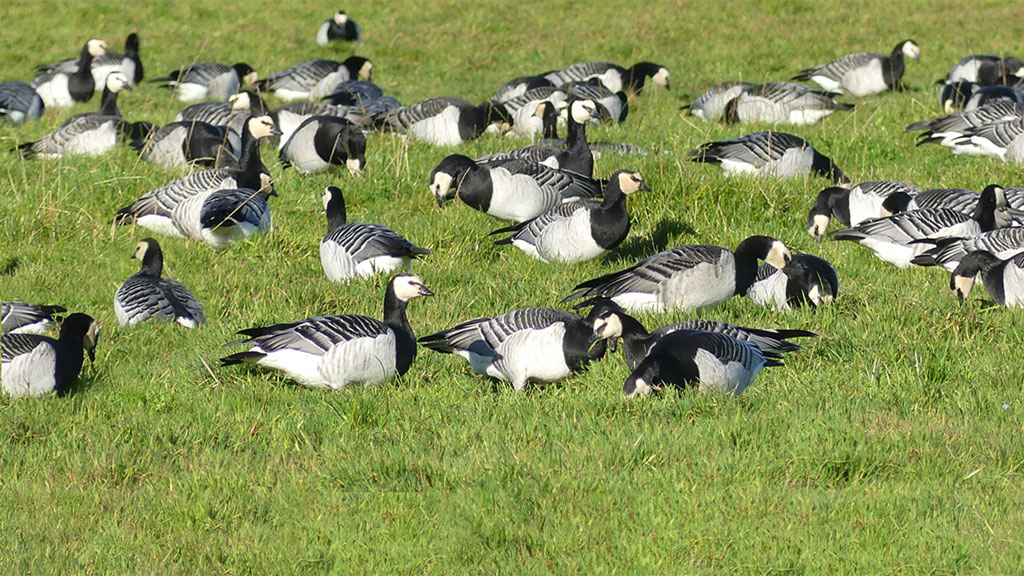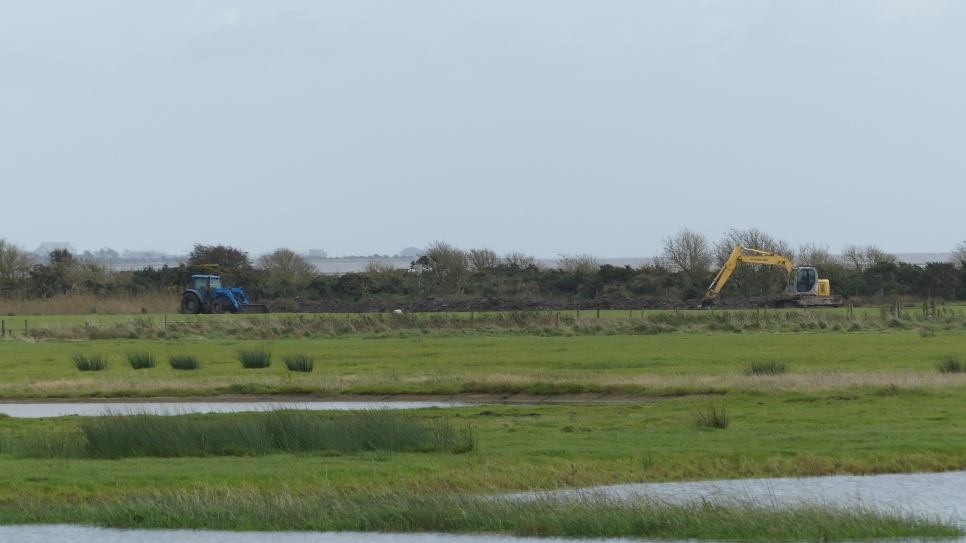Creating mini wetlands: trough ponds
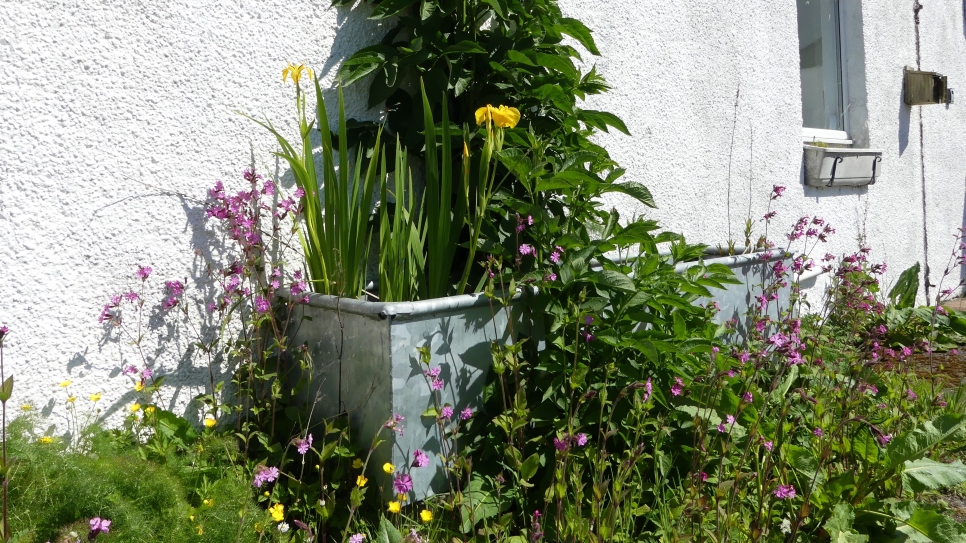
You might wander into our courtyard and think it’s just a paved-out area with not a lot going on. However, at a closer look you can see areas in the corners where there are repurposed and old water troughs. Upon inspection, you will see that these troughs are teeming with life. Water and wildflower troughs are a great way to repurpose containers and create great wildlife habitats, in particular for pollinators as well as wetland plants and invertebrates. It allows an area that would be unproductive to thrive with diversity.
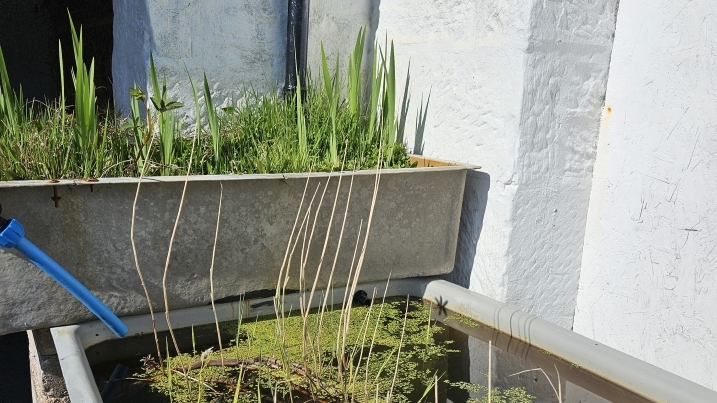 Trough ponds in the WWT Caerlaverock courtyard
Trough ponds in the WWT Caerlaverock courtyard
Our trough ponds contain a variety of different species within them. We can see the leaves of the yellow iris start to grow around April, eventually blooming into a flower which brightens up the space. The water mint brings with it a refreshing scent and adds purples into the mix when flowering. Marsh cinquefoil is ever present with its 5-point leaves creating an array of stars on the water. Duckweeds fill some of the spaces in between creating a lovely green blanket across the waters surface.
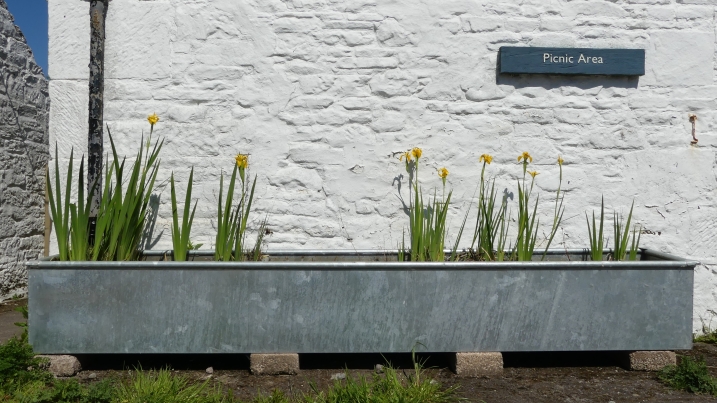 Yellow flag iris
Yellow flag iris
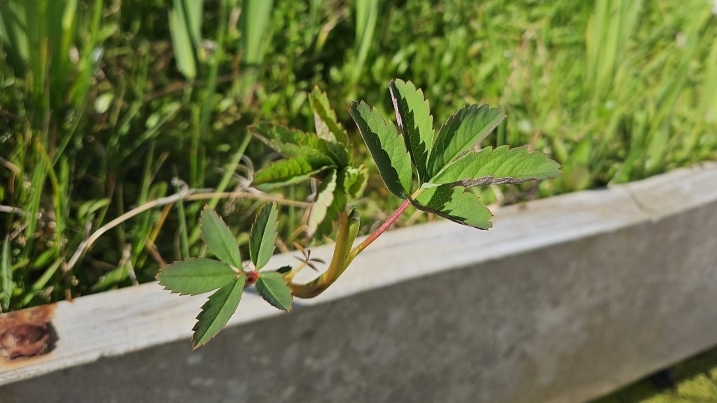 Marsh cinquefoil
Marsh cinquefoil
Wildflowers, which come in an array of shapes and sizes, bloom at different times of the season keeping the troughs looking vibrant and lively all throughout spring and summer. The flowers of red campion and cuckoo flower blossom first, followed by the yarrow umbrellas and magnificent oxeye daisies.
Trough ponds are a great way of introducing mini wetlands into small spaces with minimal maintenance. By creating areas where water and rainfall can be collected, and planting certain species, we can provide habitats for wetland plants and invertebrates in our own gardens whilst also creating a nice feature. It doesn’t have to be a trough either, using anything that can hold water with minimal impact to the environment can work as a mini wetland - one of ours is made with a helmet! By regularly weeding and topping up these troughs with water when needed, the habitats can be maintained to help wildlife all year round.
Words by Rebekah Allison
Pictures by Rebekah Allison and Saoirse Murphy-Collot
